
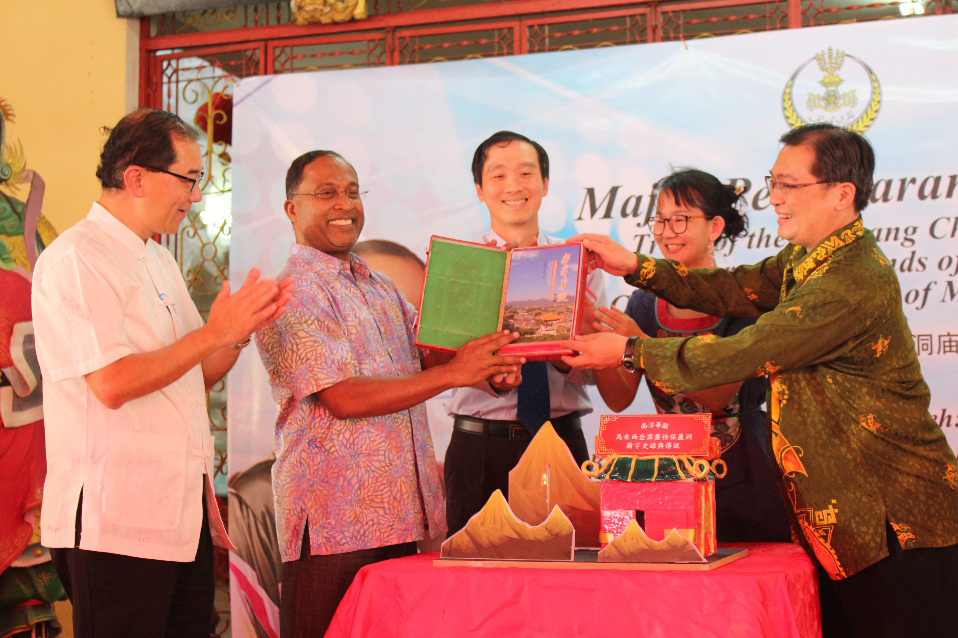
Dato' Seri Zambry (second from left) unveiling the book during the launch. Looking on were Dato’ Mah (far left), Toh (third from left), Dr Tan (second from right) and Dr Chong
A book was written by UTAR Institute of Chinese Studies (ICS) academics Dr Tan Ai Boay and Toh Teong Chuan on Ipoh’s cave temples and history. It was officially unveiled in a book launch ceremony at Nam Thean Tong Temple, Ipoh on 7 January 2018.
The book, titled Trails of the Nanyang Chinese: History and Legends of the Cave Temples in Ipoh of Malaysia (《南洋华踪:马来西亚霹雳州怡保岩洞庙宇史录与传说》), is the culmination of a maiden research project sponsored by the Perak Non-Islamic Affairs Committee. It is also the first academic publication to receive the support of the Perak State Government. Published and also supported by a renowned publisher, the China Social Sciences Press (中国社会科学出版社), the project is in line with the vision of ensuring that the essence of local Chinese culture, tradition and history is being passed on for generations to come.
The ceremony was graced by Perak’s Menteri Besar Dato’ Seri DiRaja Dr Zambry bin Abd Kadir and accompanied by Perak State Executive Council Member Dato' Dr Mah Hang Soon. Also present were ICS Dean Assoc Prof Dr Chong Siou Wei, Nam Thean Tong Temple Committee Chairman Chan Kwai Hoong,Perak Chinese Chamber of Commerce and Industry President Dato’ Liew Siew Yee, Perak Chinese Assembly Hall President Dato’ Chai Wang Yoke as well as representatives from Ipoh’s many cave temples, state government bodies and local associations.

Dr Tan (left pic in blue dress) and Toh (right pic with necktie)
presenting a token of appreciation to
Dato’ Seri Zambry and Dato’ Mah respectively
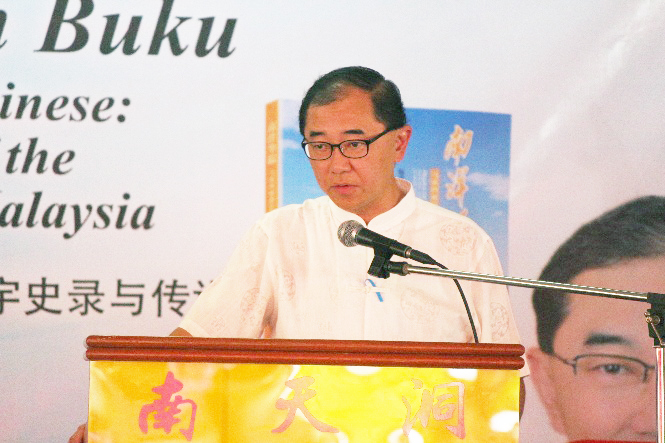
Dato’ Mah introducing the Perak Non-Islamic Affairs Committee’s future research plans
Dato’ Mah, who is also the Perak Non-Islamic Affairs Committee Chairman, revealed, “The publication idea came about during a discussion I had with Dato’ Seri Zambry one day. In fact, this publication will be a prologue to the many upcoming research projects on Ipoh’s and even Perak’s history and culture which are fully supported by the Perak Non-Islamic Affairs Committee. One of them includes delving into the research of streets named after some prominent Chinese forerunners and also the special features of Perak’s new villages.” He also added that the Committee strongly supports research projects as a mean to promote Chinese culture besides using educational, cultural or religious activities.
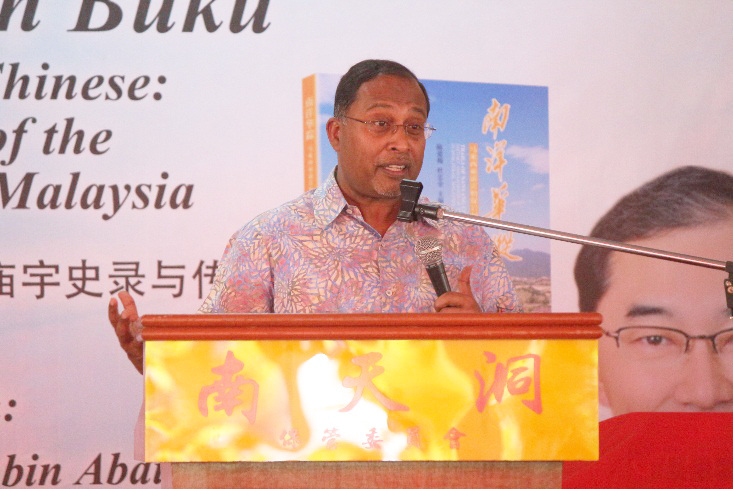
Dato’ Seri Zambry stressing the importance of a united and harmonious society
Being the incumbent Menteri Besar of Perak since 2009 and having witnessed the state’s growth for the past nine years, Dato’ Seri Dr Zambry said, “Perak is a unique state in which Perakians of multi-racial and multi-religious backgrounds get along really well. I constantly remind all Perakians to come together as one in ensuring peace and harmony.” He added that the publication of Trails of the Nanyang Chinese will provide a platform for people to have a deeper understanding on the historical evolution and development of the cave temples in Ipoh, which have always been an integral part of the city.
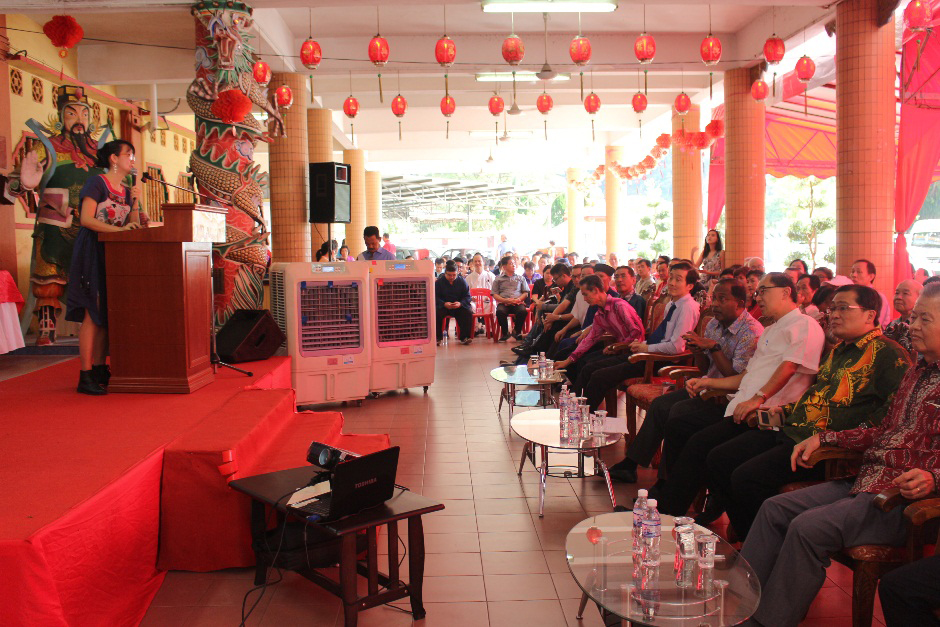
Dr Tan introducing the book and some backstories during the ceremony
Led by both Dr Tan and Toh, the year-long research project was also joined by Research Assistants Liow Min Wei, Tan Chaw Hui, Ong Min Yu, Amy Ling Su Pin and Cheong Man Ying. Seven cave temples, namely Nam Thean Tong (南天洞), Kwong Fook Ngam (广福岩), Nam Tou Ngam (南道岩), Loong Tou Ngam (龙头岩), Tung Wah Tong (东华洞), Sam Poh Tong (三宝洞) and Perak Tong (霹雳洞), were then selected for the research with their outcome included in the publication. All the cave temples are located in the hilly areas of Gunung Rapat, Simpang Pulai, Tambun and Gunung Lang.
When introducing their book, Dr Tan and Toh revealed that the information on caves and temples in Ipoh area are not readily available and in fact very limited. “During the early stage of our research, we discovered that Ipoh has easily more than 30 caves. It was during our field trips that we managed to identify 49 cave temples around Ipoh area,” said Toh who believes that there are even more which have not been on their radar. “We then decided to narrow down and focus only on those within Ipoh. The search for the cave temples was also challenging because there have been no proper records of a handful of these temples by the Perak Lands and Mines Office, and not even seen on Google Maps,” added the ICS Head of Department of Chinese Studies of Kampar Campus.
Dr Tan, also the book’s chief editor, added, “The research team selected seven pre-World War II cave temples based on their archive materials such as the Perak Government Gazette published in the late 19th century as well as the Chinese epigraphical materials found in these temples. From a historical perspective, apart from oral history, historical records and archives are deemed crucial as they are the most reliable source to prove the existence of these cave temples before World War II.”
The launch came to an end following a book presentation ceremony to the representatives from cave temples, schools, local government and associations.
Trails of the Nanyang Chinese: History and Legends of the Cave Temples in Ipoh of Malaysia is sold at Intelligentsia Book Station (学林书局) in Kuala Lumpur and the Perak Heritage Society.
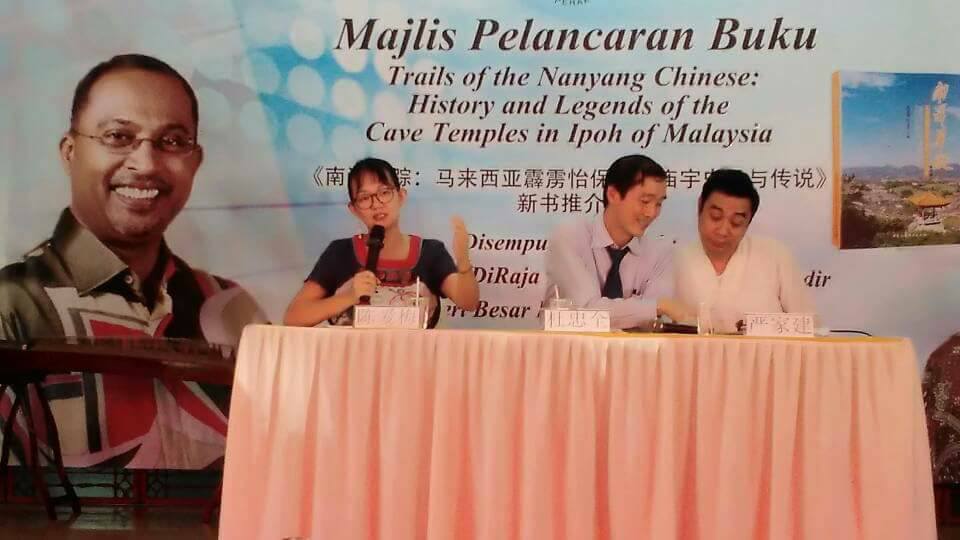
Symposium on “An Intermingling of the Sacred and the Worldly: A Discussion on Chinese Religions and Temples” before the book launch
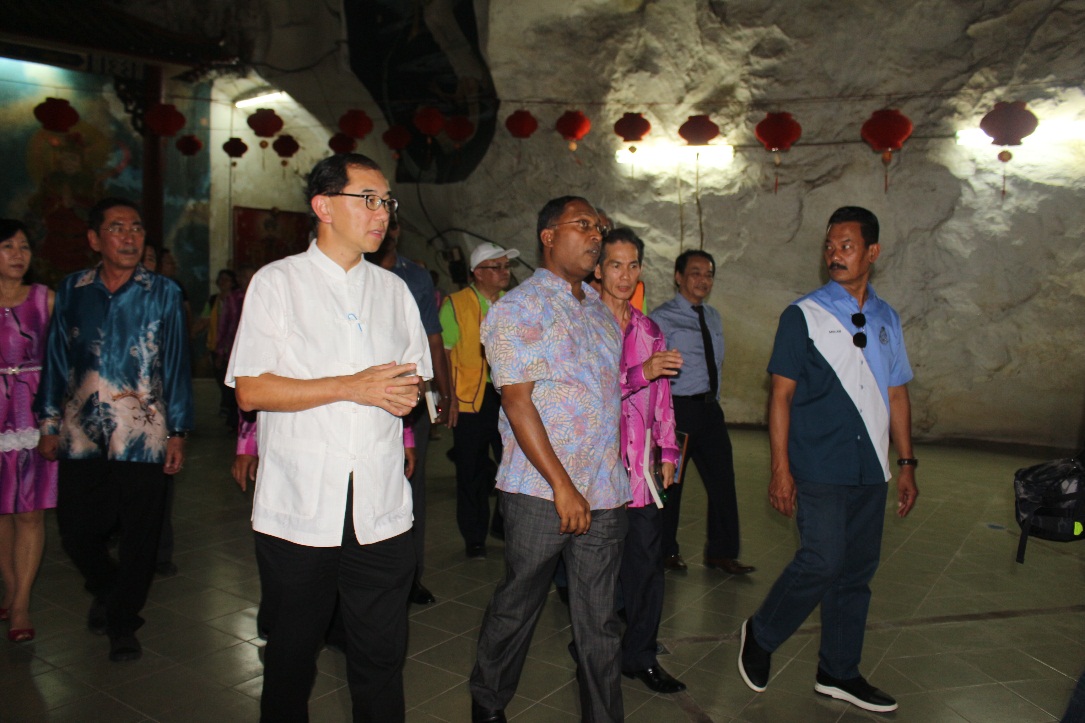
Dato’ Mah (left, in white shirt) and Dato’ Seri Zambry visiting Nam Thean Tong
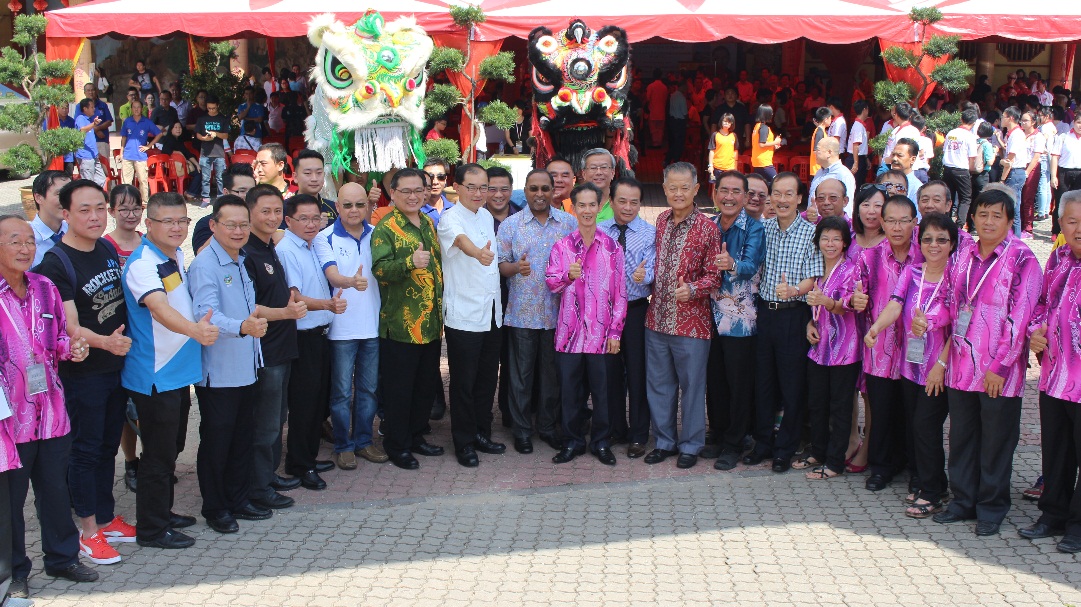
The delegates giving their thumbs up after the launch
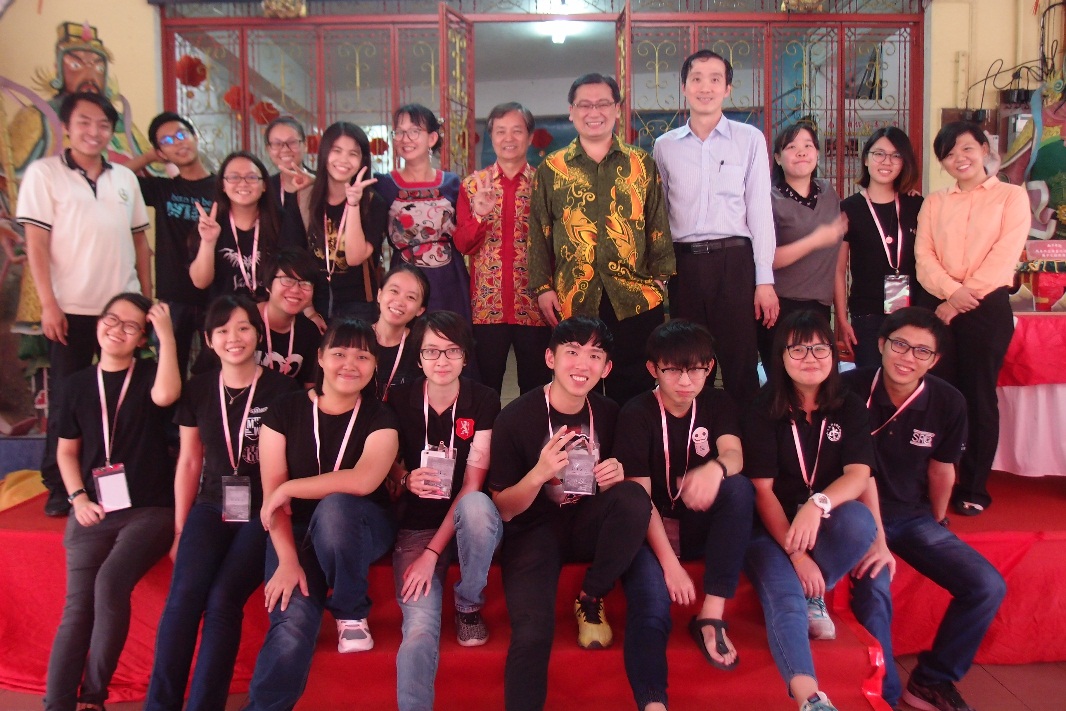
The research team and the organising committee members posing for a group photo with Dr Chong (second row, fifth from right) after the ceremony
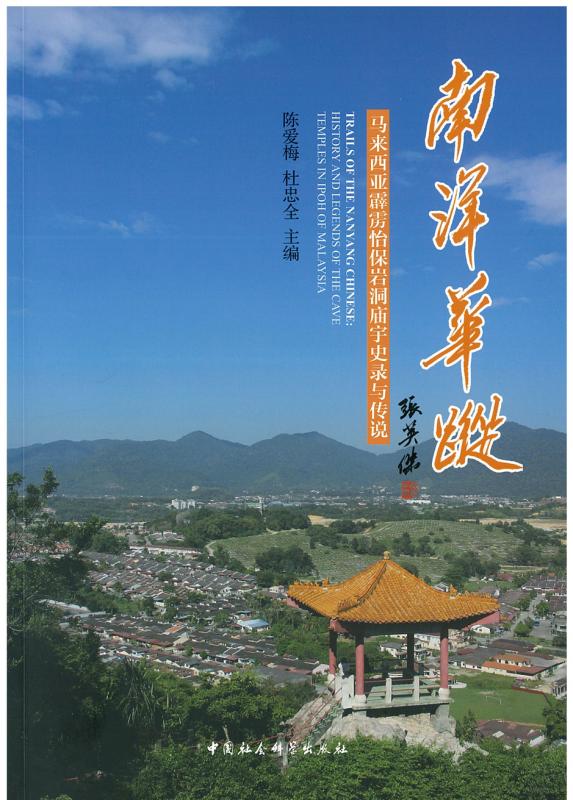
Trails of the Nanyang Chinese: History and Legends of the Cave Temples in Ipoh of Malaysia is now available at Intelligentsia Book Station and the Perak Heritage Society
© 2019 UNIVERSITI TUNKU ABDUL RAHMAN DU012(A).
Wholly owned by UTAR Education Foundation Co. No. 578227-M LEGAL STATEMENT TERM OF USAGE PRIVACY NOTICE